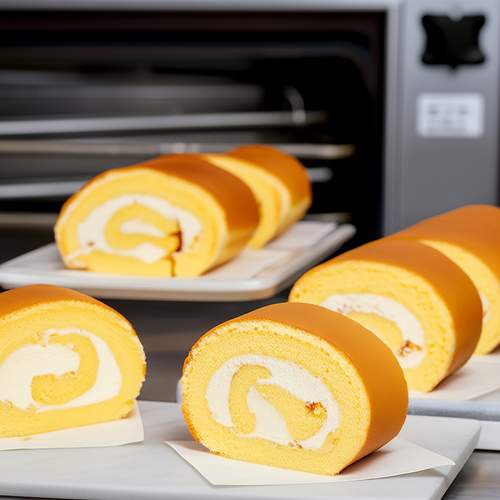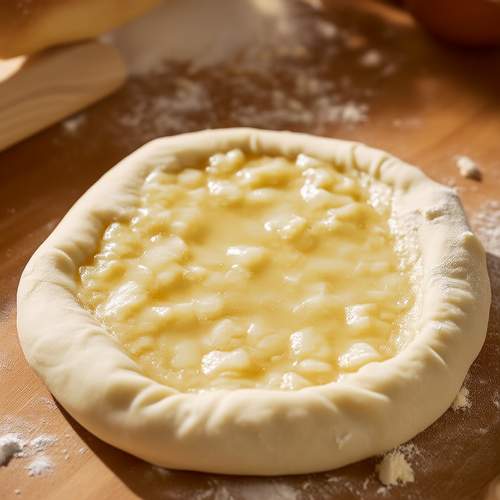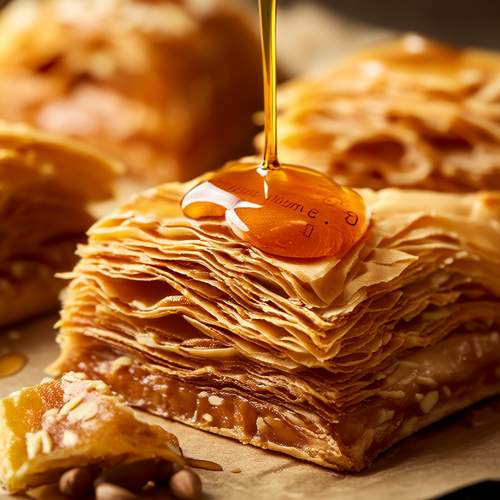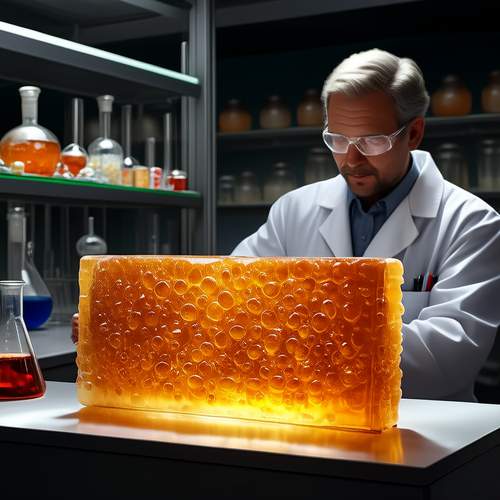The delicate art of Swiss roll cake production hinges on mastering the structural integrity of its sponge base. Among the most critical yet often overlooked aspects is the fracture stress during rolling—a phenomenon where the cake’s internal structure succumbs to mechanical stress, leading to cracks or breaks. This issue transcends mere aesthetics; it directly impacts production efficiency, product consistency, and consumer perception. Recent studies in food rheology have begun unraveling the complex interplay between ingredient composition, baking parameters, and the cake’s mechanical behavior under deformation.
At the heart of the matter lies the sponge’s viscoelastic properties. Unlike traditional cakes, Swiss roll batters require precise formulations to achieve a balance between tenderness and tensile strength. Overly elastic cakes resist rolling, while excessively tender ones fracture under minimal stress. Food scientists now attribute this balance to three key factors: protein network development, starch gelatinization dynamics, and the stabilizing role of emulsifiers. The gluten matrix, when developed just sufficiently, creates a continuous phase capable of distributing stress evenly during the rolling process.
Moisture migration emerges as another critical factor influencing fracture stress. During baking, water redistribution creates moisture gradients between the cake’s surface and interior. These differentials cause uneven shrinkage stresses during cooling—a primary contributor to structural weakness. Advanced imaging techniques reveal how microscopic cracks propagate along these stress lines when mechanical force is applied during rolling. Modern bakeries combat this through controlled humidity chambers during cooling, allowing for gradual moisture equalization.
The role of thermal processing cannot be overstated. Infrared thermography studies demonstrate how oven temperature profiles directly affect the cake’s mechanical properties. Rapid heating creates a stiff outer crust with a soft interior, while gentler baking promotes uniform texture. Interestingly, the Maillard reaction—typically associated with flavor development—also contributes to structural integrity by creating cross-linked protein networks that enhance the sponge’s resistance to fracture.
Emerging solutions focus on ingredient innovation. Hydrocolloids like xanthan gum and modified starches are proving effective in redistributing mechanical stress during rolling. These additives create sacrificial bonds that break under stress before the cake’s primary structure fails, effectively acting as microscopic shock absorbers. Meanwhile, enzyme technology offers promising alternatives; amylases modify starch behavior to improve flexibility without compromising the cake’s lift during baking.
Industrial applications of this research are transforming production lines. Computer-controlled rolling machines now incorporate real-time stress sensors that adjust rolling pressure based on the cake’s temperature and moisture content. Some advanced systems even utilize machine learning algorithms that predict optimal rolling times by analyzing the sponge’s acoustic emissions during cooling—a technique borrowed from materials science.
The implications extend beyond Swiss rolls. Understanding fracture mechanics in baked goods informs everything from gluten-free product development to shelf-stable cake innovations. As consumers increasingly prioritize both visual perfection and clean labels, the food industry must continue bridging the gap between structural science and artisanal craftsmanship. The humble Swiss roll, it seems, has become an unexpected proving ground for the future of bakery science.

By /May 26, 2025

By /May 26, 2025

By /May 26, 2025

By /May 26, 2025

By /May 26, 2025

By /May 26, 2025

By /May 26, 2025

By /May 26, 2025

By /May 26, 2025

By /May 26, 2025

By /May 26, 2025

By /May 26, 2025

By /May 26, 2025

By /May 26, 2025

By /May 26, 2025

By /May 26, 2025

By /May 26, 2025

By /May 26, 2025

By /May 26, 2025

By /May 26, 2025